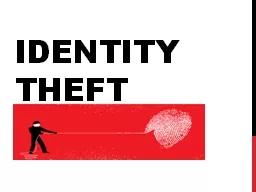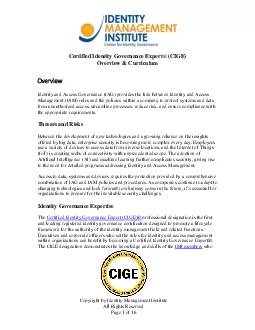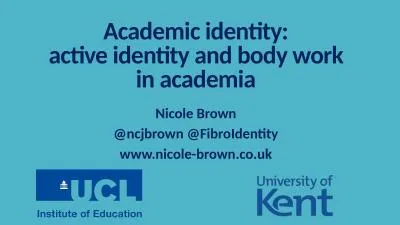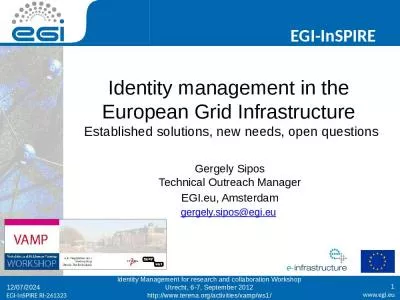PPT-Identity management
Author : sherrill-nordquist | Published Date : 2018-01-21
Aalto University autumn 2011 Outline Single signon OpenId SAML and Shibboleth Corporate IAM Strong identity 2 Single signon SSO Users have too many user accounts
Presentation Embed Code
Download Presentation
Download Presentation The PPT/PDF document "Identity management" is the property of its rightful owner. Permission is granted to download and print the materials on this website for personal, non-commercial use only, and to display it on your personal computer provided you do not modify the materials and that you retain all copyright notices contained in the materials. By downloading content from our website, you accept the terms of this agreement.
Identity management: Transcript
Download Rules Of Document
"Identity management"The content belongs to its owner. You may download and print it for personal use, without modification, and keep all copyright notices. By downloading, you agree to these terms.
Related Documents














